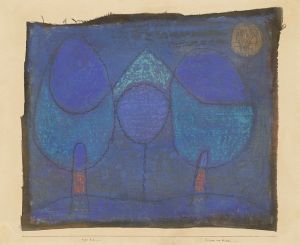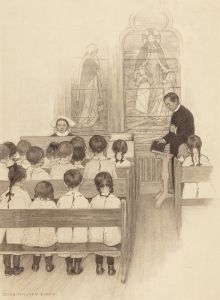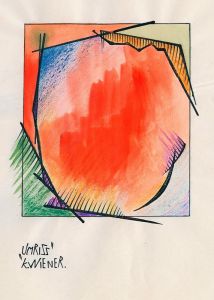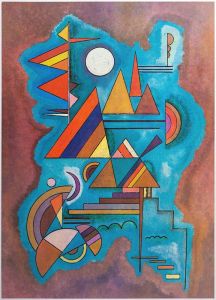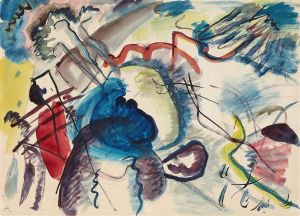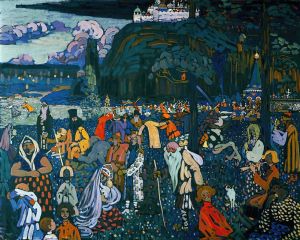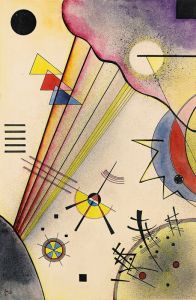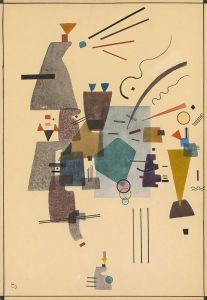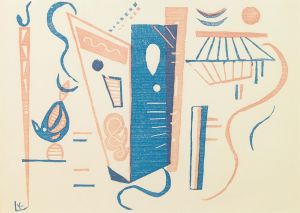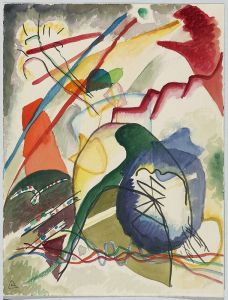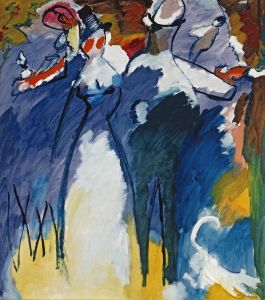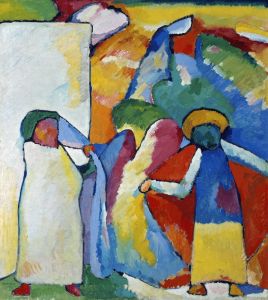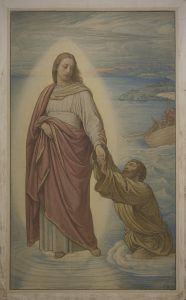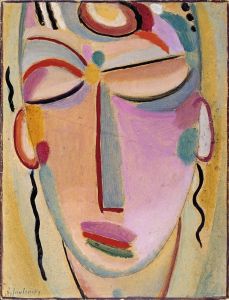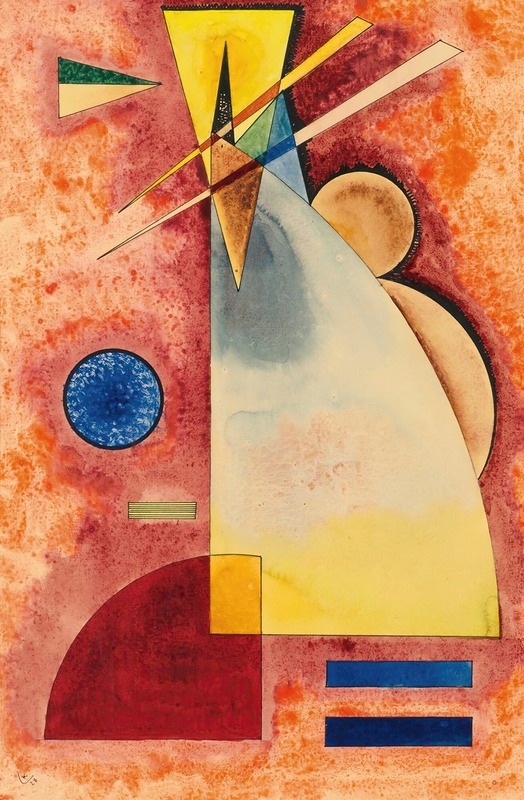
Ineinander
A hand-painted replica of Wassily Kandinsky’s masterpiece Ineinander, meticulously crafted by professional artists to capture the true essence of the original. Each piece is created with museum-quality canvas and rare mineral pigments, carefully painted by experienced artists with delicate brushstrokes and rich, layered colors to perfectly recreate the texture of the original artwork. Unlike machine-printed reproductions, this hand-painted version brings the painting to life, infused with the artist’s emotions and skill in every stroke. Whether for personal collection or home decoration, it instantly elevates the artistic atmosphere of any space.
Wassily Kandinsky, a pioneering figure in abstract art, created the painting "Ineinander" in 1926. Kandinsky, born in Moscow in 1866, is renowned for his contributions to the development of abstract art in the early 20th century. He was a key figure in the Expressionist movement and later became associated with the Bauhaus school of art, design, and architecture in Germany.
"Ineinander," which translates to "Intertwined" or "Interlocked" in English, is a significant work from Kandinsky's later period. By the time he painted "Ineinander," Kandinsky had fully embraced abstraction, moving away from representational art to explore the relationships between colors, shapes, and forms. This painting exemplifies his mature style, characterized by geometric shapes, bold colors, and a sense of dynamic movement.
The composition of "Ineinander" is marked by a complex interplay of geometric forms, including circles, triangles, and lines, which are meticulously arranged to create a harmonious yet dynamic visual experience. Kandinsky's use of color in this painting is particularly noteworthy; he employs a vibrant palette that includes primary colors such as red, blue, and yellow, as well as secondary and tertiary hues. The colors are applied in a way that enhances the sense of depth and movement within the composition.
Kandinsky's theoretical writings, particularly his book "Point and Line to Plane" (1926), provide insight into his artistic philosophy during this period. In this work, he elaborates on his ideas about the emotional and spiritual effects of colors and shapes, and how they can be used to convey complex, non-representational ideas. "Ineinander" can be seen as a visual manifestation of these theories, where the interplay of forms and colors creates a sense of rhythm and harmony that transcends the literal depiction of objects.
The painting reflects Kandinsky's belief in the synesthetic relationship between visual art and music. He often described his paintings in musical terms, referring to them as "compositions" and "improvisations." In "Ineinander," the arrangement of shapes and colors can be likened to a musical composition, where each element contributes to the overall harmony and balance of the piece.
Kandinsky's work, including "Ineinander," had a profound influence on the development of abstract art. His emphasis on the emotional and spiritual potential of abstract forms inspired subsequent generations of artists and helped to establish abstraction as a legitimate and powerful mode of artistic expression.
"Ineinander" is housed in the collection of the Solomon R. Guggenheim Museum in New York, which holds an extensive collection of Kandinsky's works. The museum's collection provides a comprehensive overview of Kandinsky's artistic evolution, from his early representational works to his later abstract compositions.
In summary, "Ineinander" by Wassily Kandinsky is a quintessential example of his mature abstract style, characterized by the intricate interplay of geometric forms and vibrant colors. The painting embodies Kandinsky's theoretical ideas about the emotional and spiritual power of abstract art and continues to be celebrated for its innovative and influential approach to visual composition.





